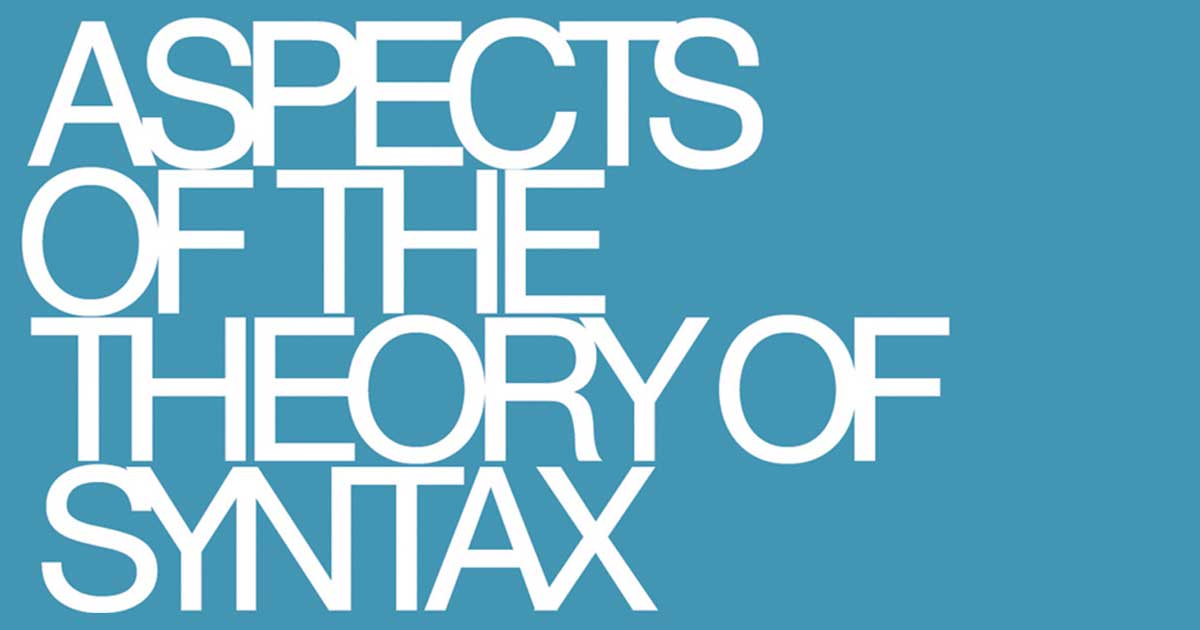An introduction to bayesian inference
I first learned about bayesian statistics in a job posting for an internship. At the time, I was about 20 years old and had never heard of it. The concept was so alien to me that I first read bayesian interference. I figured it had something to do with optics, such as the Michelson interferometer that I (still) fear.
In the beginning of every probability book, you will see Bayes' thoerem for events proudly stated as a direct consequence of the definition of conditional probability and the product (chain) rule. I argue here that it is not really helpful to think of bayes this way. If you wonder what Bayes' theorem is, you can look it up online.
When I was in high school, I remember that we saw in a book that if you toss a coin 3 times and it leads 3 heads, the probability that the next toss will lead head too is ... 0.5 (50%). I was a bit surprised by the result, because I overlooked the crucial fact that we knew the coin was unbiased, i.e. that it always leads to heads with a probability of 0.5.
However, if you don't know if the coin is biased or not, then your belief that the next coin toss is going to lead heads should surely be a little higher than tails. A relevant question you can ask yourself is: at what odds would you accept to bet on tails ? Assuming you want your expected gain to be positive of course.





















